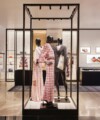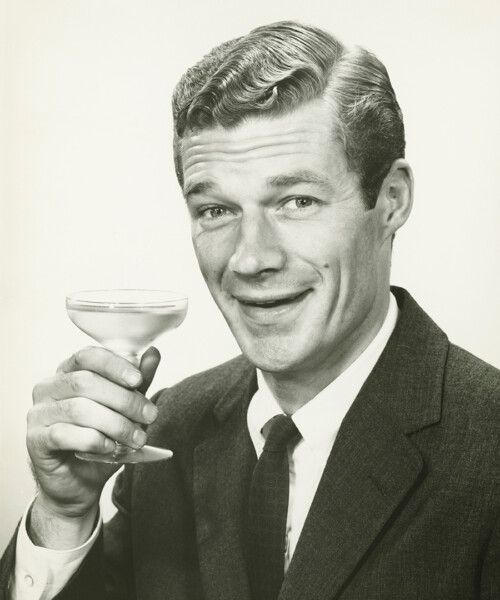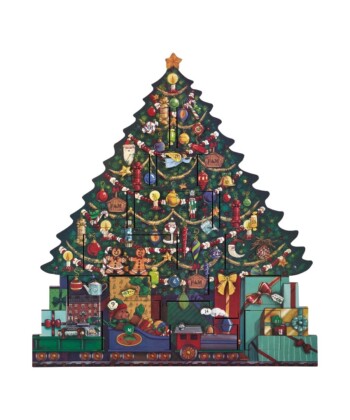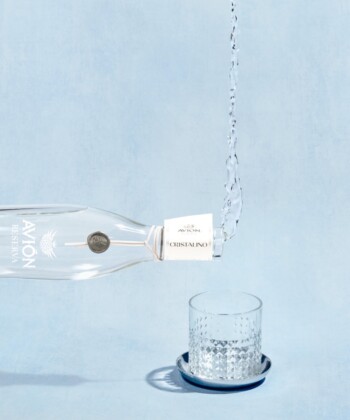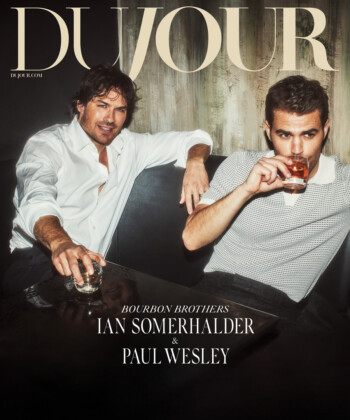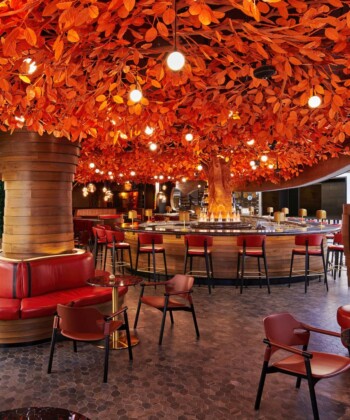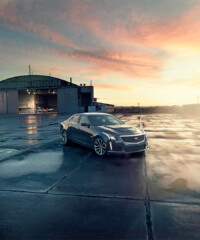If you’re a devout wine drinker and just can’t bring yourself to jump on the bubbly bandwagon, it’s probably because you’re not drinking the right kind of champagne. Here’s an insider tip: find a cuveé that has a similar profile to your favorite wine.
According to wine industry expert Michelle DeFeo, the U.S. President of Laurent-Perrier, there’s a significant amount of overlap between the tastes we associate with wine—like bold and oaky, for instance—and flavors found in champagne. Below, DeFeo suggests a sparkling alternative for every type of wine drinker:
If You Like… Dessert Wine or Prosecco, you should try: Demi-Sec Champagne.

Courtesy of Champagne Laurent-Perrier picture library
Demi-Sec is the champagne world’s answer to sweet wine. DeFeo calls it the perfect after-dinner bottle: “Having a glass of champagne at the end of the meal is less expected—that’s what we make demi-sec champagne for. It goes really well with cake.”
If You Like… Pinot Noir you should try: Rosé Champagne.
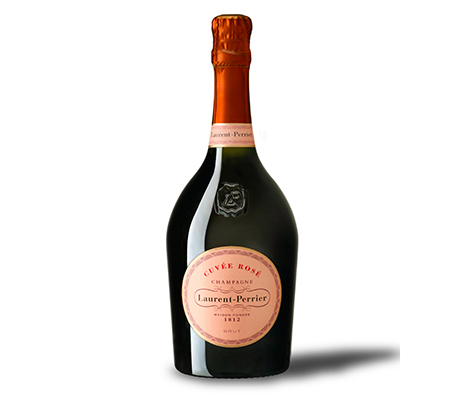
Photographed by Thibault Jeanson
For those that are partial to Pinot Noir—especially Pinots from Burgundy, Oregon or the Sonoma Coast—DeFeo recommends rosé champagne, which is made with Pinot Noir grapes (and sometimes, other grapes as well). Says DeFeo, “Contrary to popular belief, pink champagnes are not really meant for dessert. It actually makes for a wonderful champagne to have during a meal.”
If You Like… Cabernet Sauvignon or Chardonnay, you should try: Vintage Champagne.

Photographed by Fabrice Leseigneur
Vintage champagnes are often described as dense, complex and multi-layered. “We tend to get our robustness from aging, so the longer a bottle spends in the cellars, the more intensely flavorful it tends to get,” says DeFeo. She cites Laurent-Perrier’s Vintage 2004 as a great option specifically for Chardonnay lovers, because it was made in a warm year—resulting in a very rich, voluptuous champagne. Says DeFeo, “If you like a big, heavy, oaky Chardonnay from Napa Valley, that’s the kind of champagne you’re going to like— something with extended aging from a very warm year.”
If You Like… Sancerre or Chablis, you should try: Brut Nature Champagne.
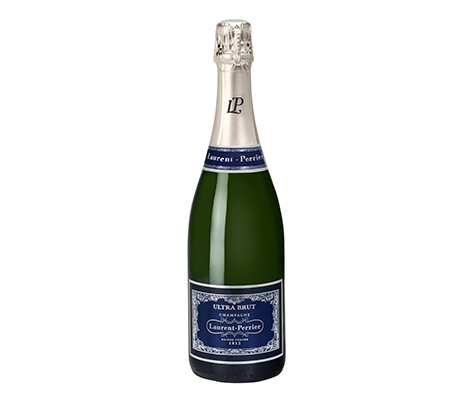
Photographed by Gil Lefauconnier
Brut nature champagnes—such as Ultra Brut Laurent-Perrier—are extremely rare. The style was originally made in the 1800s by Champagne Laurent-Perrier, and the Laurent-Perrier House “brought it back to life” in 1981 as Ultra Brut, a style that is characterized by having no sugar added. “They’re very bright, very minerally and very clean. So if you like Sancerre or Chablis, this is really the champagne for you,” explains DeFeo, who adds that ultra-brut is the only type of champagne that should be served with oysters or caviar. By not adding sugar, drinkers get the complete unadulterated expression—and also, 30% fewer calories per glass. But, DeFeo warns, “It’s very intense and definitely not for everyone.”
If You… don’t have a preference, you should try: Non-Vintage Brut Champagne.
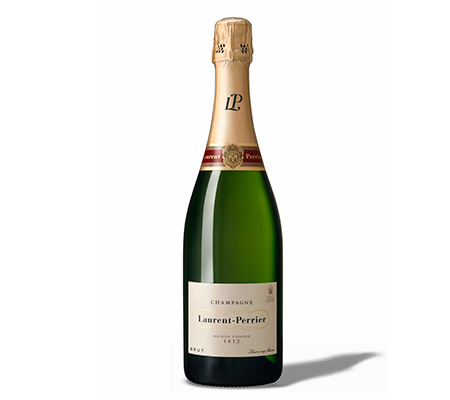
Photographed by Gil Lefauconnier
The vast majority of champagnes belong to the “brut” category, which is typically marked by its dryness. Non-vintages can be a blend of several different grapes from varying years—for example, a mix of Chardonnay, Pinot Noir and Pinot Meunier. As a result, these champagnes really lend themselves to a number of different flavor profiles.





















